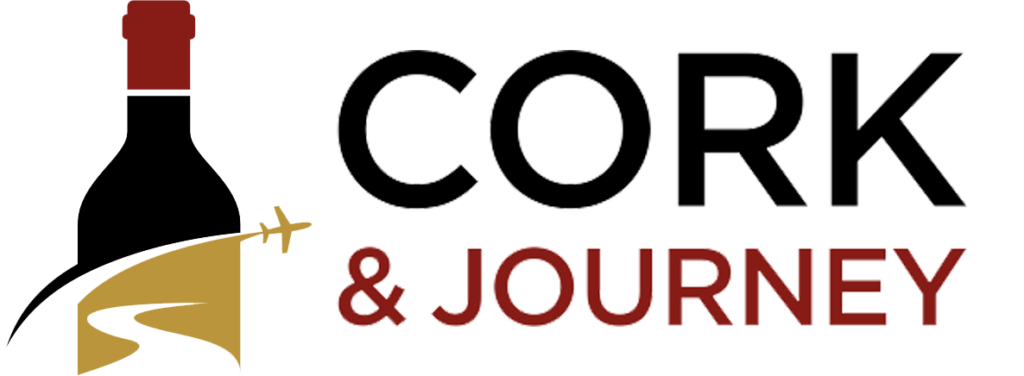
Our Rating

Piedmont
Barolo
Gaja family wines go back all the way to 1859, when Giovanni Gaja settled in the Lange region of Piemonte. The family owned a small restaurant in Barbaresco, and they wanted to offer their customers wines that paired well with the family’s food.
Although the family has been producing wine for over 160 years, it was Angelo Gaja, the great-grandson of Giovanni Gaja. The latter is credited with making the brand the international superstar that it is today. Because while the brand was well known locally, stylistically, it needed help competing for attention on the international stage.
So, in 1961, when Angelo returned to the family’s vineyards after obtaining a degree in economics from the University of Turin and studying winemaking at the University of Montpellier and the Enological Institute in Alba, he brought with him a new vision for the future. This new acumen, combined with the substantial number of Barbaresco vineyards he inherited, would help him chart a new course for internationally accessible Italian wine.
Angelo’s influence on how Italian winemakers reshaped the way they produced wine was broad and stretched throughout Piemonte and beyond. And, like any trailblazer, his approach was not without some controversy. To better understand his thought process, it’s helpful to provide a little backstory on the state of Italian wine in the 1960s.
While Europe has dozens upon dozens of major wine regions and hundreds of microregions, there was one country that dominated the wine market in the 1960s: France. High-end wine buyers and connoisseurs have long gravitated towards Burgundy and Bordeaux both for the prestigious name recognition and the seemingly magical way producers can turn cabernet sauvignon and merlot grapes from Bordeaux beautiful blends, and pinot noir and chardonnay grapes from Burgundy into masterful single-vineyard bottlings.
Angelo Gaja recognized the market’s love of these grapes and decided that in order to entice these drinkers to try Italian wines, he needed to produce Italian wine from French grapes. This wasn’t to say that Angelo didn’t value Italy’s native grapes, but he felt that buyers would be more receptive to trying wines made from nebbiolo once they gained trust in the winemaker.
Naturally, this strategy had a fair number of Italian detractors who were proud of their native grapes and didn’t believe Italian growers should bow to the market’s demands, but Angelo forged ahead.
According to a profile in Wine Spectator, Gaja, with the help of winemaker Guido Rivella, also “…installed stainless-steel tanks for temperature-controlled fermentations, and shortened the length of the maceration, [to] tame Nebbiolo’s tannins. And they experimented with aging in French oak barriques, working to soften the wines.”
His instincts proved correct, and in the decades that followed, Italian wine, with the help of notable winemakers like Gaja, is lauded as some of the best wines in the world.
If you’re newer to the world of Italian wines, it’s understandable that you might need a refresh on the differences between Barbaresco and Barolo wines. After all, both are from Italy’s Piedmont region, both are made with Nebbiolo grapes, and both are beloved by wine drinkers. So what is the difference?
Peak Barbaresco is elegant, focused, and clean. These wines exhibit fine tannins and lighter body than their neighbors to the west in Barolo. Barbaresco is also considerably smaller than Barolo, just about half the size, in fact. The Nebbiolo grapes are also grown at a lower altitude and ripen just slightly earlier.
Gaja Barbaresco is considered the most prominent bottling in the Gaja portfolio. And yet, some critics will advise that when you open the 2015 Gaja Barbaresco, “patience is required.” Our experience echoed that sentiment.
This wine announces that it is made with nebbiolo grapes immediately with the pronounced aromas of black cherry, plum, mushroom, leather and wisps of smoke. The tannins on this wine grab your palate, and have a hard time letting go. The flavor profile mirrored the nose with rich black cherry, plum, old leather, earth (potting soil), and smoke. An essence of vegetal thyme also appeared.
After trying this 2015 Gaja Barbaresco, the question is, how to square the price with the hype? To be fair, Barbarescos easily age for several decades, and some of these wines don’t peak until about ten years from the time they are bottled. Still, for the price, we were not blown away by this bottling. We were kind of left with the impression, yes, the wine was good, but…
Italy
Piedmont
Barolo
14
Gaia Gaja
2 to 4 Hours
2025 to 2035
Gaja Barbaresco


All things wine, and food you could ever need or want — straight to your email!